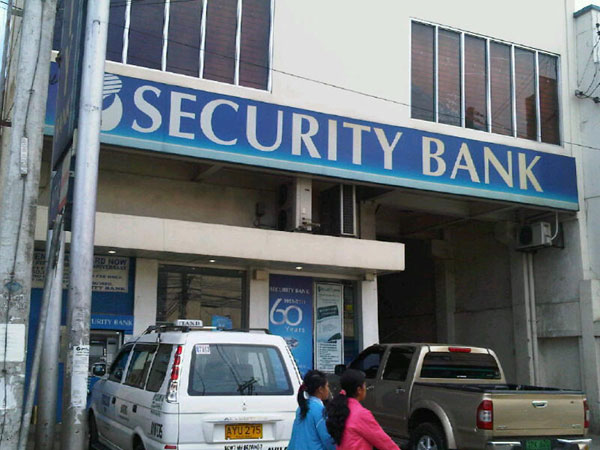Local banks’ capital adequacy ratio up in Q1

Capital buffers maintained by the country’s major banks increased in the first quarter of the year despite the growth in lending to relatively riskier sectors of the economy, data from the central bank showed.
MANILA, Philippines—Capital buffers maintained by the country’s major banks increased in the first quarter of the year despite the growth in lending to relatively riskier sectors of the economy, data from the central bank showed.
The improvement in the capital adequacy ratio (CAR) of the country’s universal and commercial banks comes ahead of the implementation of the stricter capitalization requirements under Basel III rules by the start of next year.
“The industry’s CAR figures indicate continued efforts to maintain robust capitalization,” the Bangko Sentral ng Pilipinas (BSP) said in a statement.
The sector’s total CAR improved to 17.75 percent at the end of March this year, higher than the BSP’s required 10 percent minimum and the international standard of 8 percent. When consolidated with banks’ subsidiaries, the industry’s CAR stood at 18.89 percent.
At the end of last year, the banks’ total CAR stood at 17.28 percent on a solo basis, and at 18.35 percent on a consolidated basis. The improvement was a result of the “higher increase in qualifying capital vis-à-vis risk-weighted assets.
Article continues after this advertisementThe BSP said banks were able to increase their CAR levels given their higher profits in the period, which allowed them to set aside more cash that could qualify as capital.
Article continues after this advertisementThe regulator added that out of the industry’s 17.75-percent CAR, 15.87 percent was in tier 1 capital, “which represents high-quality and loss-absorbent capital.” Tier 1 capital is made up mainly of a bank’s common shares, which serves as a better buffer than the debt-like tier 2 capital that can also be counted in computing for CAR.
“A strong capital position promotes financial stability by providing individual banks and the industry with an adequate buffer against unexpected losses that may arise during times of stress,” the BSP statement read.
These losses may potentially come from loans to certain sectors, which are referred to as risk-weighted assets. In the first quarter, risk-weighted assets increased by 0.85 percent on a solo and 1.15 percent on a consolidated basis.
“The said assets grew because of higher loans to corporations and additional investments in various debt and equity securities,” the BSP said.
BSP Governor Amando M. Tetangco Jr. last September said most major local banks had enough capital to meet the minimum capitalization requirements that would be implemented under Basel III rules starting next January.
Under Basel III capitalization requirements, the BSP intends to maintain its current 10 percent minimum CAR for banks. However, more of this CAR will have to be made up of tier 1 capital to protect banks from potential losses.—Paolo G. Montecillo